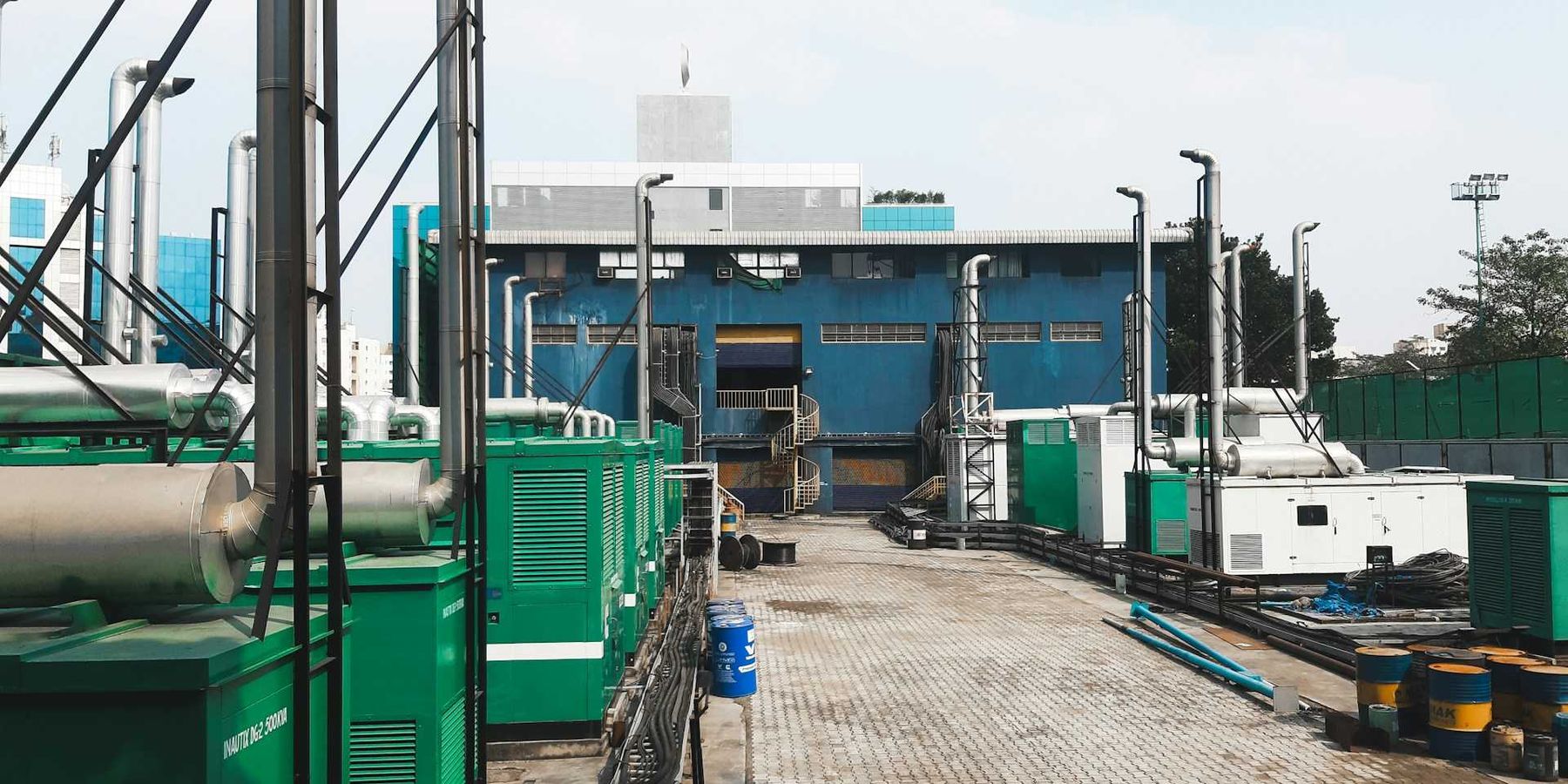Virginia clean energy advocates question reliability of new federal energy report promoting coal
A recent U.S. Department of Energy report ordered by President Trump promotes coal-fired power as essential to grid reliability, but Virginia clean energy advocates say it overlooks climate risks and mounting financial losses.
Charles Paullin reports for Inside Climate News.
In short:
- The Department of Energy’s report, prompted by President Trump’s executive order, supports continued use of aging fossil fuel plants, including Dominion’s Mount Storm coal plant, which lost $212 million in 2023.
- Clean energy advocates argue the report relies on outdated assumptions, ignores input from regional regulators and environmental data, and inflates projected electricity demand tied to speculative data center development.
- Critics say the report downplays advances in battery storage, wind, and solar, while omitting fossil fuel system failures during past grid events such as Winter Storm Elliott.
Key quote:
“They have botched their analysis. They’re really off the mark on it.”
— Frank Rambo, executive director of Horizon Climate Initiative
Why this matters:
How the U.S. powers its electric grid has far-reaching consequences for both climate stability and public health. Coal-fired plants like Mount Storm are among the country’s largest sources of carbon emissions, driving climate change and worsening air quality. These plants also emit pollutants that contribute to respiratory illness, heart disease, and premature death — especially in nearby communities. Meanwhile, fossil fuel infrastructure is vulnerable to extreme weather, as seen during Winter Storm Elliott, when natural gas systems froze and failed. Virginia’s electricity grid is under added pressure from a booming data center industry, which risks locking in high emissions unless the region transitions to clean, efficient power. As federal policy shifts, these choices will have enduring impacts on energy prices, insurance rates, and the pace of climate disruption.
Read more: Trump leans on coal revival promises to energize West Virginia communities













